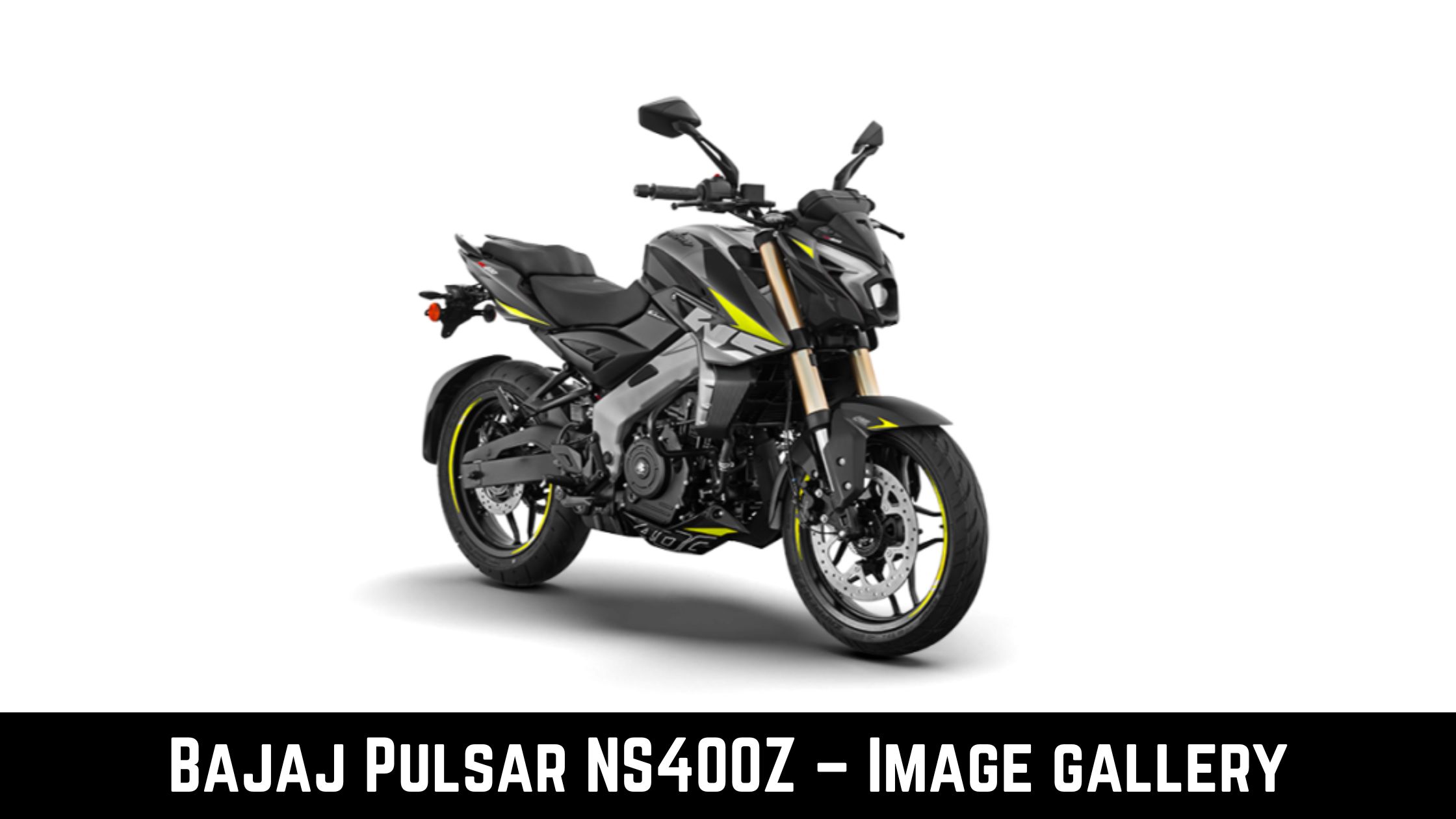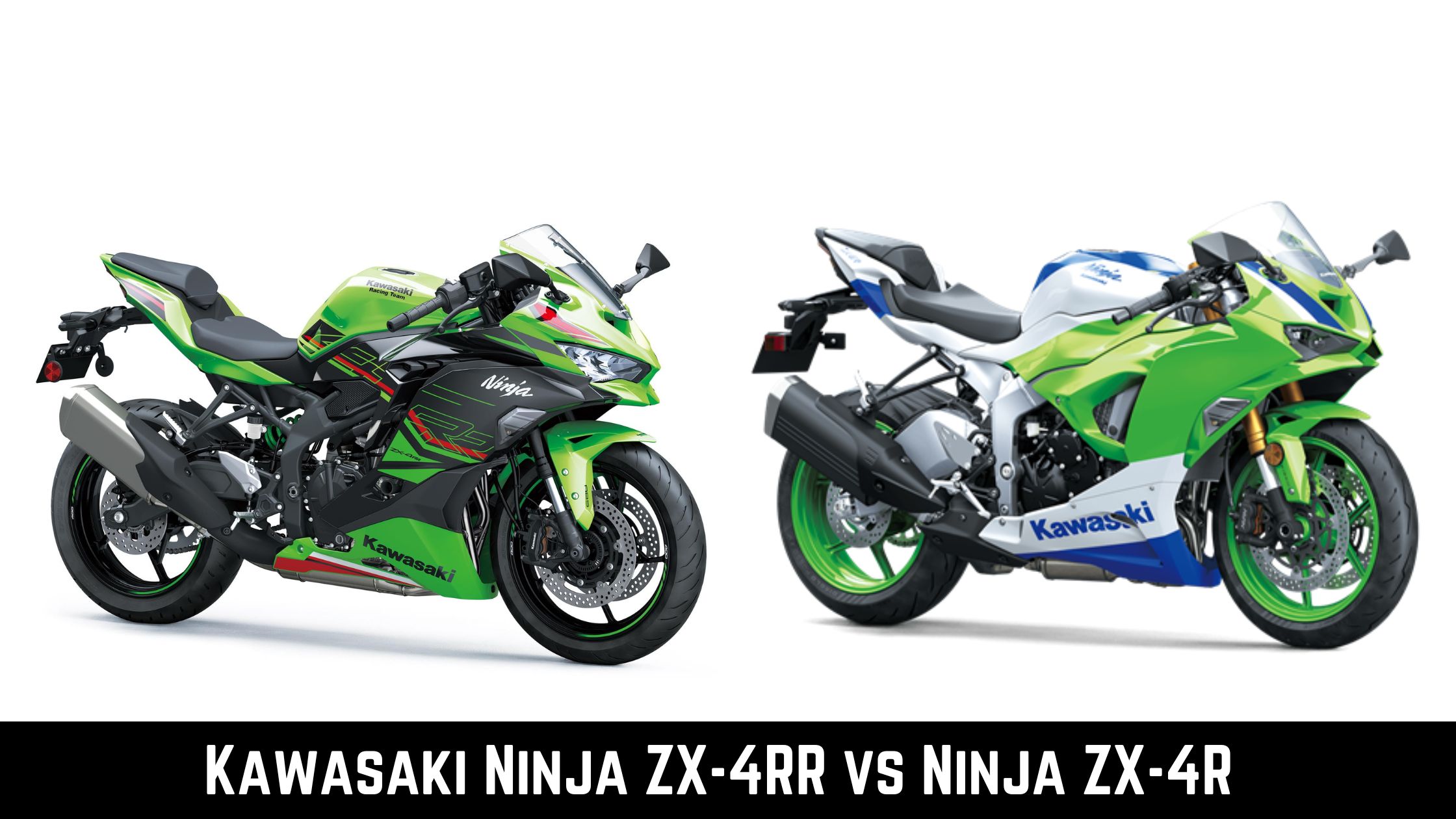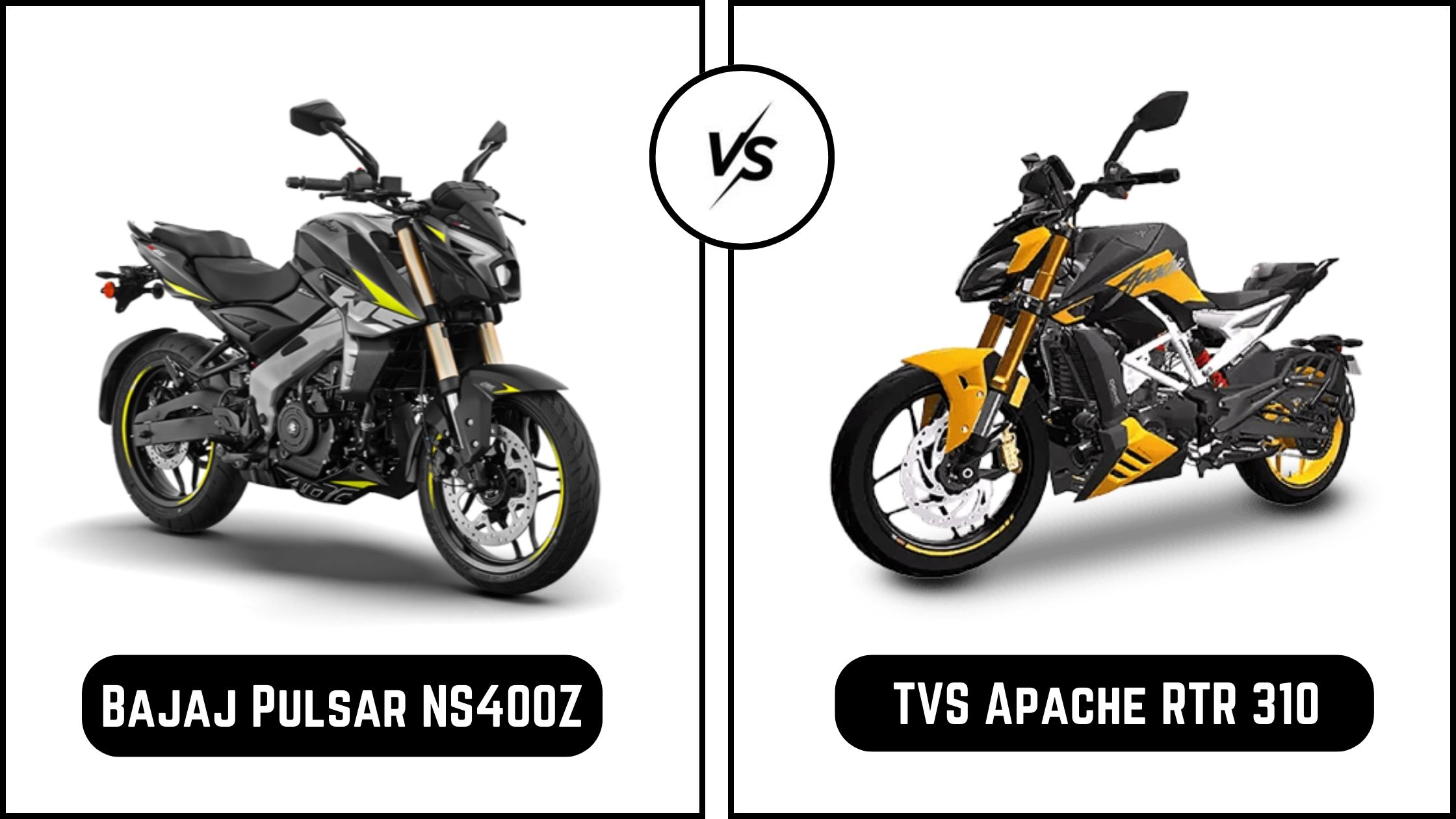
Depending on the rider, the kind of starter engine, and the purpose of the ride, motorcycle starting can be both convenient and inconvenient. The development and evolution of electric vehicles have sparked a new discussion among motorcyclists about the advantages and distinctions between Kickstarter and electric start.
It is necessary to start the engine of your bike to ride. A motorbike can be created in one or both ways. There are two methods of forming a bike: electrical starting and kickstarting. By kicking the lever, the engine’s fuel is ignited, starting the engine. To start the engine with an electric start, an electric current must be combined with the wiring.
To find out more about kickstart vs. electric start and which is superior, continue reading.
How Does Kick Start Vs. Electric Start Operate?
Kickstarting involves a strong lever that is connected to a ratcheting gear on the crankshaft. When the rider kicks the lever, the shaft rotates the crankshaft, compressing and igniting the fuel while the piston moves. An efficient ignition system enables the engine to run without the need for an external spinning mechanism.
Electric starting, on the other hand, requires electrical current to flow along the wiring to start the engine. An electric motor is used to rotate the engine’s crankshaft, which is more efficient and user-friendly than kickstarting. The electric motor is powered by a battery, which is the most significant drawback of electric start.
Kick Start
A strong lever is coupled to a ratcheting gear on the crankshaft during kickstarting. The ratchet spins the crankshaft in reaction to the lever’s movement, compressing and igniting the fuel as the piston compresses. An effective ignition system will enable the engine to run without the need for an outside spinning mechanism.
Additionally, the ratcheting action allows the kick lever to float apart from the engine. If the lever were attached directly to the crankshaft, riding would not be possible. It also removes the necessity for the rider to manually reset the lever each time they attempt to start the engine. When cycling, the lever should also rest against the bike.
Kickstarting was the only method of starting a motorbike until the middle of the 1970s. The British Scott motorbike of 1910, with its V-twin 2-stroke engine, was the first motorbike to be funded on Kickstarter. Kickstarter, like many other early 20th-century ideas, found widespread adoption when motorcycles were modernized.
Pros Of Kick Start
- Kick starters are always successful with their riders since they need little upkeep.
- Kickstart bikes are more dependable when it comes to motorbike racing or wet journeys.
- Kickstart bikes are more affordable and economical than electric bikes.
- Because a kickstart bike is substantially lighter than an electric start bike, users can navigate narrow trails more easily.
Cons Of Kick Start
- Getting a bike started might be difficult. It doesn’t always begin immediately, which makes it a difficult task in winter.
- It’s taxing on the body. Your feet may hurt if you kick the pedal.
- You might not have a chance to win the race with a kick-start bike. I hope everyone participates in road races occasionally.
Electric Start
With the shrinking of electronics in the late 1970s and early 1980s, electric starters became more and more prevalent. The first motorcycle with an electric starter was made by the Hendee Motorcycle Company in 1914. However, the model was short-lived. These days, all new bikes are more likely to have an electric starter than a Kickstarter. An engine can be started electrically, much like a Kickstarter, by using a gear to rotate the crankshaft. The engine is, however, spun by an electric motor. The method is, therefore, more effective and user-friendly.
Electric motors are made by winding copper wires in a cylinder shape tens, hundreds, or thousands of times. Inside this cylinder of windings is a rotor with teeth on the end that meshes with the ring gear of the engine. As a result of the magnetic force caused by an electric current applied to the windings, the rotor rotates. An actuator pushes the rotor out while meshing. The rotor retracts from the ring gear and stops spinning when the starter switch is released.
The most significant drain on your bike’s battery is the starter. This draw only happens when you crank the engine; once it starts, it recharges quickly. Cranking can be challenging in colder weather since fuel vaporization is less common. In addition, if there is a problem with your fuel system, your starter may suffer. This means that your battery’s cranking amps should be sufficient.
Pros Of Electric Start
- Not much strength is needed to get the bike started. All you have to do is lightly press the start button.
- On steeper climbs, the motorbike starts up more readily.
- When you stall your bike while you wait for traffic to clear, an electric start comes in handy.
- If you have to start again quickly after crashing your bike during a motorcycle race, only an electric start will save the day.
Cons Of Electric Start
- If your bike’s electric system gets wet, it will be impossible to start it, and if you are alone and do not have a kickstart bike, you are trapped.
- Electric motorcycles run on batteries. It will catastrophically fail if the battery runs out.
- Your battery may potentially die and freeze in a cold environment, necessitating more repair.
- Because batteries add weight to bikes, riders choose lighter bikes in case the bike stops.
Kick Start Vs Electric Start: The Difference
The most apparent distinction between kickstarts and electric starts is their nature. With an electric start, for example, all you have to do is press a button on your bike to your ears and instantly start the motor. In contrast, a kickstart necessitates that you actively kick the bike’s lever to ignite its battery; it could take a few forceful kicks to achieve successful ignition.
Also Know, What to Do When a Motorcycle Doesn’t Start
Other Methods For Starting A Motorcycle
Envision yourself traveling and pausing to take in the scenery. You get back on your bike, but it won’t start. You’re in trouble if the starter stops working or the battery runs out. Don’t worry if you can’t get it to start again.
Firstly, some bikes come with both electric and kickstarts. For example, many dirt bikes feature both kinds of starting. Considering that these bikes are typically lighter and smaller, the design can accommodate both kinds. This is helpful off-road in case the power runs out. If your motorbike has dual equipment, it should now start up.
If one of the starters on your bike is missing, you still have options. If you are close to other passing cars, you should be able to get someone to jump-start your motorcycle—the batteries of another car power your motorbike. If your bike has a manual gearbox, you can also push-start it. Through the use of the wheels’ motion, the clutch causes the engine to spin backward.
Conclusion
Electric starting and kickstarting have the same goal, yet they do different things. The traditional way of starting, kickstarting, has been surpassed in popularity by electric starters because of their ease of use. There are other ways to start an engine, even though each has advantages and disadvantages.



